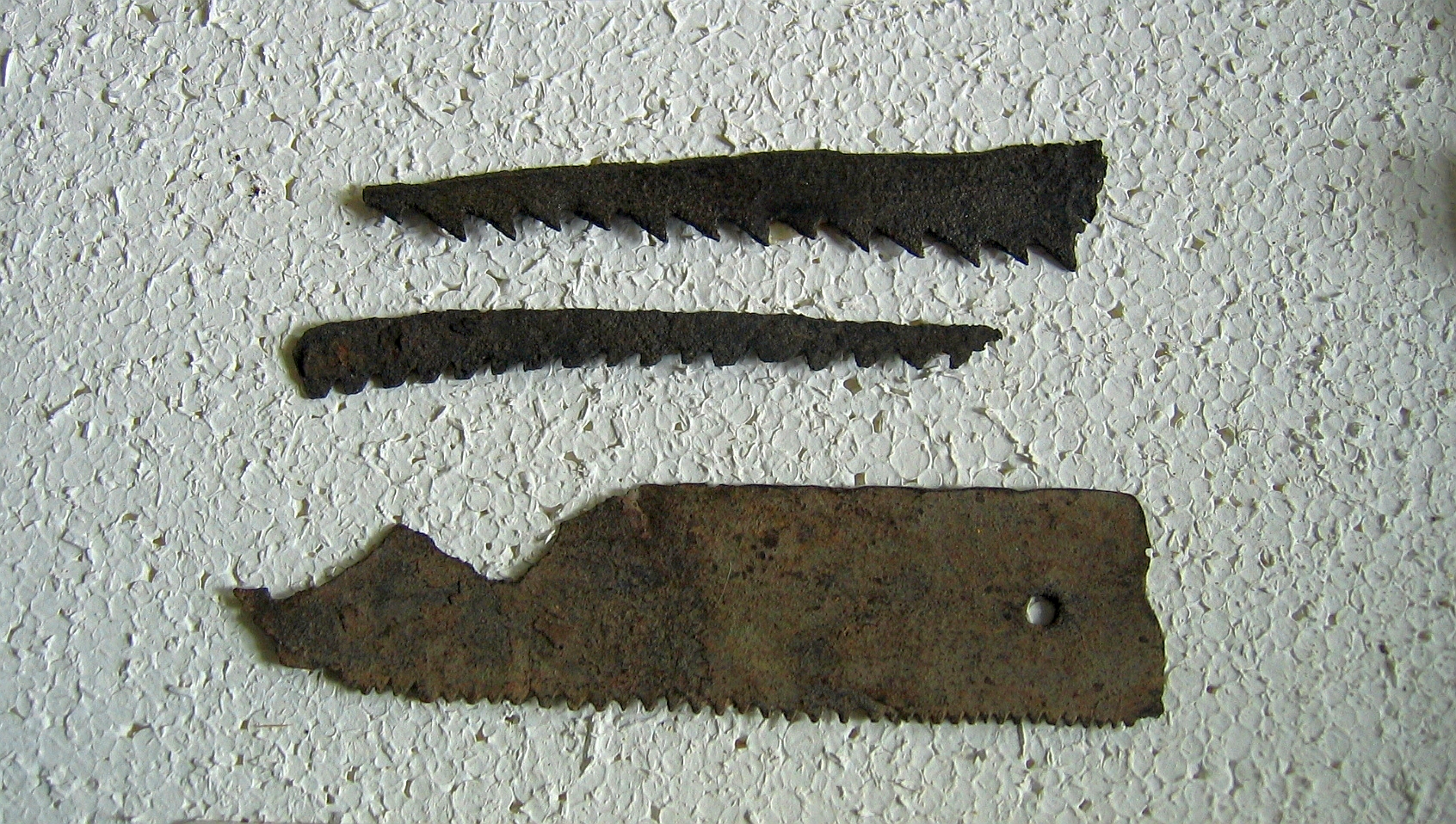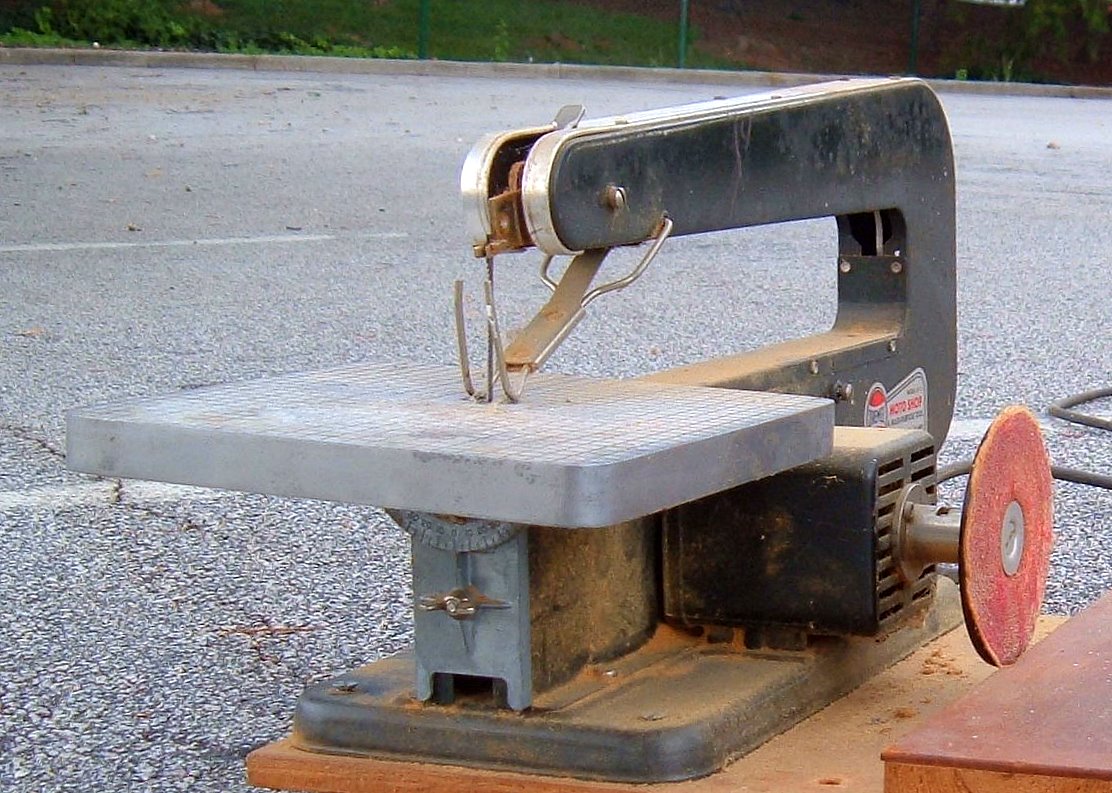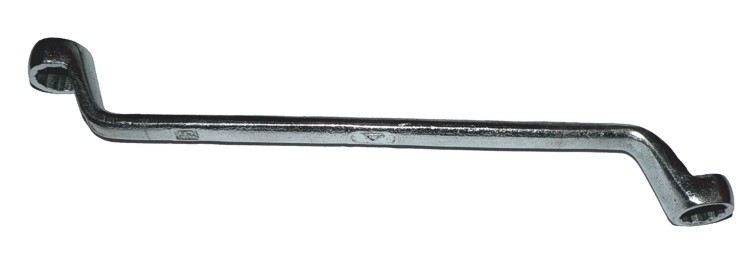|
Fretsaw
The fretsaw is a bow saw used for intricate cutting work which often incorporates tight curves. The tool takes its name from its use in fretwork. Although traditionally intended for woodwork, different blades increase the versatility of this saw. Description The fretsaw is a bow saw used for intricate cutting work which often incorporates tight curves. The tool takes its name from its use in fretwork and ultimately from the French ' (lattice)—a reference to the intricate patterns often created using this tool. The fretsaw is similar in many respects to the scroll saw, which is essentially a powered fretsaw with a table. Blades between the two tools are usually interchangeable, and indeed scroll saws are often known as "fret saws" informally. Use Although the coping saw is often used for similar work, the fretsaw is capable of much tighter radii and more delicate work. It has a distinctive appearance due to the depth of its frame (typically between ), which together with th ... [...More Info...] [...Related Items...] OR: [Wikipedia] [Google] [Baidu] [Amazon] |
Kerf
A saw is a tool consisting of a tough blade, wire, or chain with a hard toothed edge used to cut through material. Various terms are used to describe toothed and abrasive saws. Saws began as serrated materials, and when mankind learned how to use iron, it became the preferred material for saw blades of all kinds. There are numerous types of hand saws and mechanical saws, and different types of blades and cuts. Description A saw is a tool consisting of a tough blade, wire, or chain with a hard toothed edge. It is used to cut through material, very often wood, though sometimes metal or stone. Terminology A number of terms are used to describe saws. Kerf The narrow channel left behind by the saw and (relatedly) the measure of its width is known as the kerf. As such, it also refers to the wasted material that is turned into sawdust, and becomes a factor in measurements when making cuts. For example, cutting an 8-foot (2.4 meter) piece of wood into 1 foot (30 cm) se ... [...More Info...] [...Related Items...] OR: [Wikipedia] [Google] [Baidu] [Amazon] |
Coping Saw
A coping saw is a type of bow saw used to cut intricate external shapes and interior cut-outs in woodworking or carpentry. It is widely used to cut moldings to create coped rather than mitre joints. It is occasionally used to create fretwork though it is not able to match a fretsaw in intricacy of cut, particularly in thin materials. Coping saw blades are always thicker and much coarser cutting than typical fretsaw blades and many others of its family members. Coping saws can however cut slight bends in the work, allowing circles to be cut if used carefully. History The coping saw was most likely invented in the middle of the 16th century following innovations in metallurgy and with the invention of the spring-driven clock. Blades made of this material were strong and flexible thanks to rolling. This saw was also used in combination with the so-called ''Chevalet de Marqueterie'', invented in 1780, allowing to saw pack of veneers with one angle of cut. Construction A c ... [...More Info...] [...Related Items...] OR: [Wikipedia] [Google] [Baidu] [Amazon] |
Saws
A saw is a tool consisting of a tough blade, wire, or chain with a hard toothed edge used to cut through material. Various terms are used to describe toothed and abrasive saws. Saws began as serrated materials, and when mankind learned how to use iron, it became the preferred material for saw blades of all kinds. There are numerous types of hand saws and mechanical saws, and different types of blades and cuts. Description A saw is a tool consisting of a tough blade, wire, or chain with a hard toothed edge. It is used to cut through material, very often wood, though sometimes metal or stone. Terminology A number of terms are used to describe saws. Kerf The narrow channel left behind by the saw and (relatedly) the measure of its width is known as the kerf. As such, it also refers to the wasted material that is turned into sawdust, and becomes a factor in measurements when making cuts. For example, cutting an 8-foot (2.4 meter) piece of wood into 1 foot (30 cm) sect ... [...More Info...] [...Related Items...] OR: [Wikipedia] [Google] [Baidu] [Amazon] |
Bow Saw
BOW as an acronym may refer to: * Bag of waters, amniotic sac The amniotic sac, also called the bag of waters or the membranes, is the sac in which the embryo and later fetus develops in amniotes. It is a thin but tough transparent pair of biological membrane, membranes that hold a developing embryo (and l ... * Bartow Municipal Airport (IATA:BOW), a public use airport near Bartow, Florida, United States * Basic operating weight of an aircraft * BOW counties, made of Brown, Outagamie, and Winnebago counties in Wisconsin * B.O.W. (born 1970), Finnish rapper See also * Bow (other) {{disambig ... [...More Info...] [...Related Items...] OR: [Wikipedia] [Google] [Baidu] [Amazon] |
Fretwork
Fretwork is an interlaced decorative design that is either carved in low relief on a solid background, or cut out with a fretsaw, coping saw, jigsaw or scroll saw. Most fretwork patterns are geometric in design. The materials most commonly used are wood and metal. Fretwork is used to adorn furniture and musical instruments. The term is also used for tracery on glazed windows and doors. Fretwork is also used to adorn/decorate architecture, where specific elements of decor are named according to their use such as eave bracket, gable fretwork or baluster fretwork, which may be of metal, especially cast iron or aluminum. Installing elaborate wooden fretworks on residential buildings, known as gingerbread trims, became popular in North America in the late 19th century. Fretwork patterns originally were ornamental designs used to decorate objects with a grid or a lattice. Designs have developed from the rectangular wave Greek fret to intricate intertwined patterns. A common miscon ... [...More Info...] [...Related Items...] OR: [Wikipedia] [Google] [Baidu] [Amazon] |
Oxford English Dictionary
The ''Oxford English Dictionary'' (''OED'') is the principal historical dictionary of the English language, published by Oxford University Press (OUP), a University of Oxford publishing house. The dictionary, which published its first edition in 1884, traces the historical development of the English language, providing a comprehensive resource to scholars and academic researchers, and provides ongoing descriptions of English language usage in its variations around the world. In 1857, work first began on the dictionary, though the first edition was not published until 1884. It began to be published in unbound Serial (literature), fascicles as work continued on the project, under the name of ''A New English Dictionary on Historical Principles; Founded Mainly on the Materials Collected by The Philological Society''. In 1895, the title ''The Oxford English Dictionary'' was first used unofficially on the covers of the series, and in 1928 the full dictionary was republished in 10 b ... [...More Info...] [...Related Items...] OR: [Wikipedia] [Google] [Baidu] [Amazon] |
Scroll Saw
A scroll saw is a small electric or pedal-operated saw used to cut intricate curves in wood, metal, or other materials. The fineness of its blade allows it to cut more delicately than a jigsaw (power tool), power jigsaw, and more easily than a hand coping saw or fretsaw. Like those tools, it is capable of creating curved cuts with angled edges, by tilting the body of the saw or its table along the axis of the cut. The scroll saw's name derives from its traditional use in making scrollwork, sculptural ornaments which prominently featured scroll (parchment), scroll-head designs. Advantages While somewhat similar to a band saw, a scroll saw uses a reciprocating saw, reciprocating blade rather than a continuous loop. Like a hand coping saw, the scroll saw's blade can be removed and placed through a pre-drilled starting hole, allowing interior cutouts to be made without an entry slot. Also, the fineness in both width and tooth count of a scroll's blade permits significantly more intr ... [...More Info...] [...Related Items...] OR: [Wikipedia] [Google] [Baidu] [Amazon] |
Moment (physics)
A moment is a mathematical expression involving the product of a distance and a physical quantity such as a force or electric charge. Moments are usually defined with respect to a fixed reference point and refer to physical quantities located some distance from the reference point. For example, the moment of force, often called torque, is the product of a force on an object and the distance from the reference point to the object. In principle, any physical quantity can be multiplied by a distance to produce a moment. Commonly used quantities include forces, masses, and electric charge distributions; a list of examples is provided later. Elaboration In its most basic form, a moment is the product of the distance to a point, raised to a power, and a physical quantity (such as force or electrical charge) at that point: : \mu_n = r^n\,Q, where Q is the physical quantity such as a force applied at a point, or a point charge, or a point mass, etc. If the quantity is not concen ... [...More Info...] [...Related Items...] OR: [Wikipedia] [Google] [Baidu] [Amazon] |
Wingnut (hardware)
A wingnut, wing nut or butterfly nut is a type of nut with two large metal "wings", one on each side, so it can be easily tightened and loosened by hand without tools. A similar fastener with a male thread is known as a wing screw or a wing bolt. Types ASME B18.6.9 classifies wing nuts first by manufacturing method and then by style. * Type A are cold forged or cold formed produced in regular, light and heavy dimensional series. * Type B are hot forged solid nuts available in three different wing styles. * Type C are die cast nuts available in three wing styles with variances between regular and heavy dimensional series * Type D are stamped sheet metal nuts available in three wing styles. Usage Bicycles Before the development of quick release skewers, bicycle wheels were held in place with wingnuts. Drum hardware In a drum kit wingnuts and wingbolts are used extensively. * For securing a suspended cymbal on the mounting bolt of a cymbal stand. * For securing an adjustm ... [...More Info...] [...Related Items...] OR: [Wikipedia] [Google] [Baidu] [Amazon] |
Wrench
A wrench or spanner is a tool used to provide grip and mechanical advantage in applying torque to turn objects—usually rotary fasteners, such as nuts and bolts—or keep them from turning. In the UK, Ireland, Australia, and New Zealand ''spanner'' is the standard term. The most common shapes are called ''open-ended spanner'' and ''ring spanner''. The term ''wrench'' is generally used for tools that turn non-fastening devices (e.g. tap wrench and pipe wrench), or may be used for a monkey wrench—an adjustable pipe wrench. In North American English, ''wrench'' is the standard term. The most common shapes are called ''open-end wrench'' and ''box-end wrench''. In American English, ''spanner'' refers to a specialized wrench with a series of pins or tabs around the circumference. (These pins or tabs fit into the holes or notches cut into the object to be turned). In American commerce, such a wrench may be called a ''spanner wrench'' to distinguish it from the British sense ... [...More Info...] [...Related Items...] OR: [Wikipedia] [Google] [Baidu] [Amazon] |
Torque
In physics and mechanics, torque is the rotational analogue of linear force. It is also referred to as the moment of force (also abbreviated to moment). The symbol for torque is typically \boldsymbol\tau, the lowercase Greek letter ''tau''. When being referred to as moment of force, it is commonly denoted by . Just as a linear force is a push or a pull applied to a body, a torque can be thought of as a twist applied to an object with respect to a chosen point; for example, driving a screw uses torque to force it into an object, which is applied by the screwdriver rotating around its axis to the drives on the head. Historical terminology The term ''torque'' (from Latin , 'to twist') is said to have been suggested by James Thomson and appeared in print in April, 1884. Usage is attested the same year by Silvanus P. Thompson in the first edition of ''Dynamo-Electric Machinery''. Thompson describes his usage of the term as follows: Today, torque is referred to using d ... [...More Info...] [...Related Items...] OR: [Wikipedia] [Google] [Baidu] [Amazon] |





